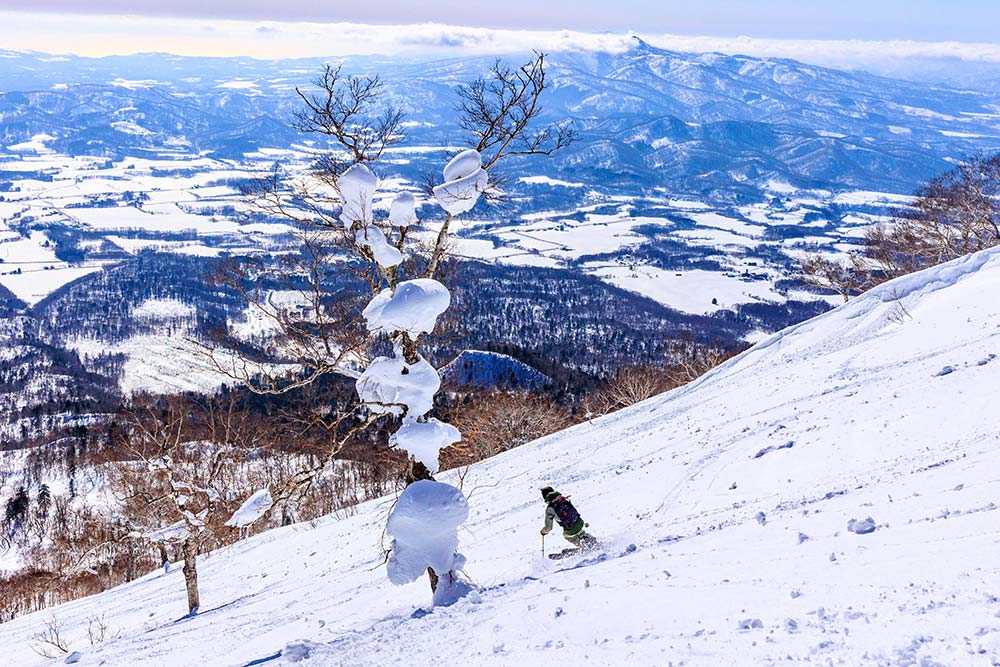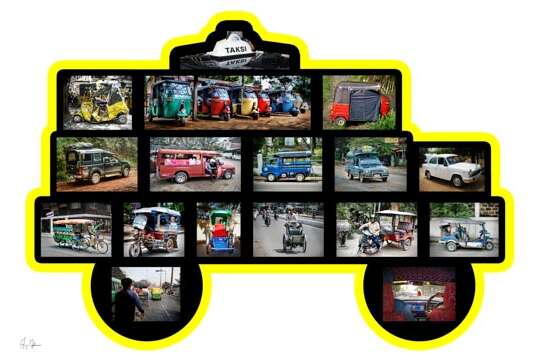5 Essentials You Must Pack on Any Backcountry Skiing Trip
Backcountry skiing offers an amazing experience on uncharted snowy mountains, which can be refreshing. It’s important to know that how memorable your trip counts on how well you prepare. Assembling all the necessary supplies will make it successful and safe for everyone. Here are five things you must pack for your next backcountry skiing adventure

Avalanche Protection Equipment
Whether or not you’ve skied, you should never ski without wearing avalanche rescue gear. Choose a beacon (also known as a transceiver), a probe, and a shovel. The beacon will provide movement towards you to the rescuers if the skier becomes buried, and a probe is used to mark a location. A light, foldable shovel will be required to excavate a buried skier.
It is greatly recommended that you consider taking an avalanche course before leaving. Learn more about reading avalanche terrain and familiarize yourself with the equipment, which allows you to handle any situation efficiently
Proper Dressing and Additional Layers
It’s not just about being comfortable when you get dressed for backcountry skiing. It’s about surviving. Layering is the trick to staying dry and warm. Begin with a moisture-wicking base layer that prevents sweat from ever reaching your skin, and then add an insulating mid-layer to hold your body heat close to you. Finish off with a windproof and waterproof outer shell that keeps snow and foul weather out.
It is also worth bringing extra layers such as a beanie, socks, and gloves. Do not forget goggles with changeable lenses to adapt to changing light conditions and avoid snow glare in your eyes
Emergency and Survival Equipment
Even the best-planned excursion can go wrong, so you must carry emergency equipment. Your first aid kit would include bandages, blister care, painkillers, and any medications you happen to be already taking. A bivy sack or blanket will keep you warm and dry in case you end up stranded overnight
You should also look for a quality edc knife from reliable suppliers. Pick models with the best grip and balance, which matters when used. You should also focus on the compactness and reliability of the locking mechanism
Navigation Tools and Communication Devices
It is easy to get lost in traveling through the backcountry, especially if there is a whiteout or an unknown country. GPS units are nice and precise for navigation. It’s also good to carry a map and compass as fall-ins if the unit stops working in the cold and your batteries die
A personal locator beacon (PLB) or satellite phone is also needed. You’re not headed where the cell phone service is good, so you’ll need a PLB to send an SOS when needed. Two-way radios keep your group connected so you don’t get separated
Food, Water, and a Working Stove
Backcountry skiing is a calorie-demanding sport, and you must pack food and meals of high calorific value. Energy bars, nuts, dried fruits, and freeze-dried foods are lightweight and easy to carry. A light, transportable stove will be helpful in meal preparations and snow melting to obtain drinking water
Hydration is also important. Insulate a water bottle or hydration bladder with an insulated tube so liquids will not freeze. Pack a light water filter or purification tablets when you need to get water straight from nature
Endnote
Preparation is paramount when you go into the backcountry on a ski tour. You need good equipment, from rescue equipment in case you get caught in an avalanche to emergency rations. With skill and equipment, you can enjoy the backcountry with minimal risk
EXPLORE SOMEWHERE NEW
BUY A PRINT
All photos on this site are available as limited edition fine art photographic prints. Please get in touch for sizes and rates.




